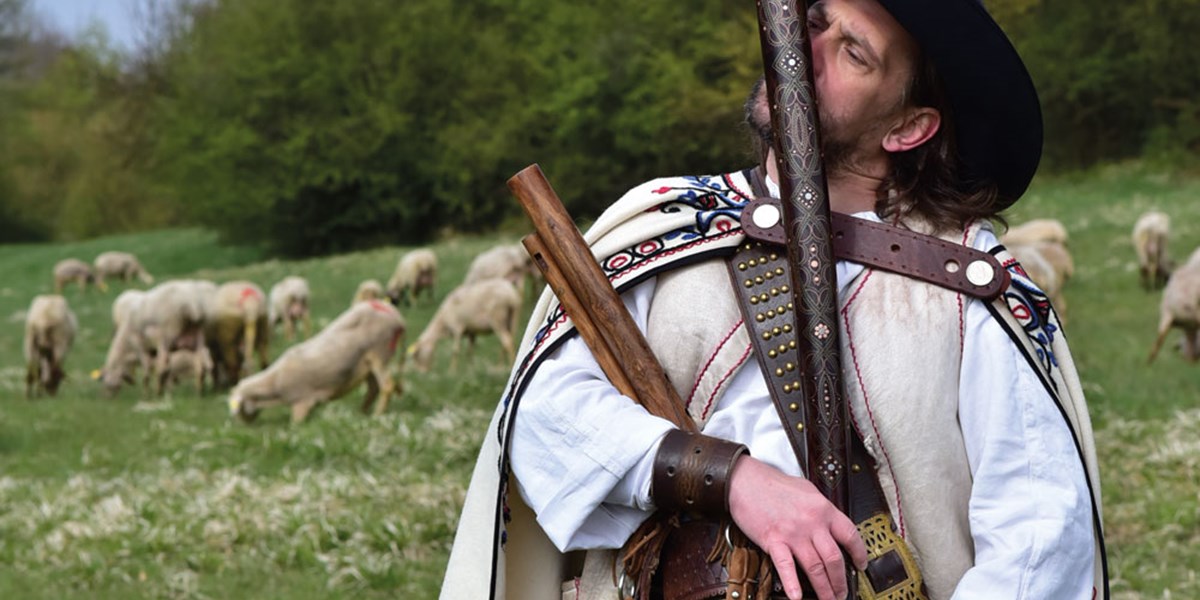Sunday, March 21, 2021
Fujara | Musical Instrument Guide (with Ivan Bobot)
In Slovakia, one of the most distinctive instruments is the fujara. Simon Broughton talks to one of its current players, Ivan Bobot

Ivan Bobot (photo: Karol Robota)

Register now to continue reading

Thanks for visiting the Songlines website, your guide to an extraordinary world of music and culture. Sign up for a free account now to enjoy:
- Free access to 2 subscriber-only articles and album reviews every month
- Unlimited access to our news and awards pages
- Our regular email newsletters

